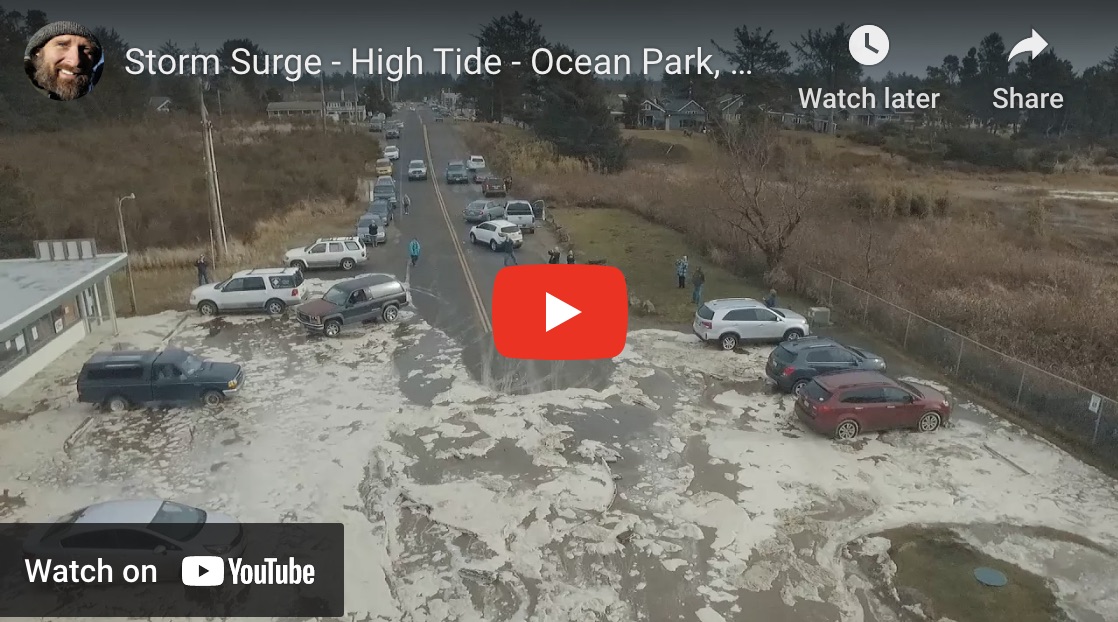|
Getting your Trinity Audio player ready...
|
ARTICLE. From Bay Nature’s Ask the Naturalist November 17, 2022. Scientists are working out where these dangerous waves come from. This is really exciting and innovative research using citizen scientist videos.
“On certain steep beaches along our coastline, the ocean sometimes sneaks up on the land. Even a careful observer, who watches over the course of two or five minutes to find a dry spot to set down her picnic basket, will see no signs in the sets of waves that roll in and out, six or seven at a time. A sneaker wave is bigger than its peers—scientists define it as at least two and a half times bigger—and may reach up to our picnicker’s waist, more than enough to sweep her away. It does not break but runs up the beach with its full, dangerous force. It may run all the way up the sand, hundreds of feet past where previous waves had wet the sand. It may carry logs or be heavy with silt. Our picnicker has about fifteen seconds to get away from a sneaker wave. But if the beach is backed by cliffs or rocks, as many of our Bay Area beaches are, there may be no escape.
“If you’ve ever been down to the ocean when there are 25-foot waves—nobody dies on those days,” says Troy Nicolini, the meteorologist-in-charge at the Eureka office of the National Weather Service. The agency issued an alert about possible sneaker waves from Big Sur to Sonoma earlier this week. Big waves like that scare people away; sneaker waves are more insidious. Along the coastline from central California through Oregon, sneaker waves kill about five people a year, Nicolini estimates. Last year was bad: at least 12 people were swept away by waves, in eight incidents from Blind Beach west of Santa Rosa, down to Pescadero State Beach. Eight of these people died, including a father and his two children. In 2011, a sneaker came through the Mavericks surf competition and injured a dozen people. Deaths that happen in ones and twos may not always make the news.
The unpredictability of these waves makes them tricky to study. Tuba Özkan-Haller, an Oregon State University professor, is among the wave scientists who are trying to save people from sneaker waves by understanding them better, and recently, they’ve made some headway.
But first, a splash of wave physics. Ocean waves come in different sizes, from the tiniest capillaries on the surface to the planetary tides that course across our planet twice a day or so. The wave sets that surfers watch for are called gravity waves (because gravity is the “restoring mechanism” that eventually settles them down). The sneakers that Özkan-Haller studies are a kind of wave that underlies each of these sets: “infragravity waves.” Only a few infragravity waves have sneaker potential.
>>> READ MORE!
Want to become a Coastside Beach Ambassador?!
Help keep people safe through education.





